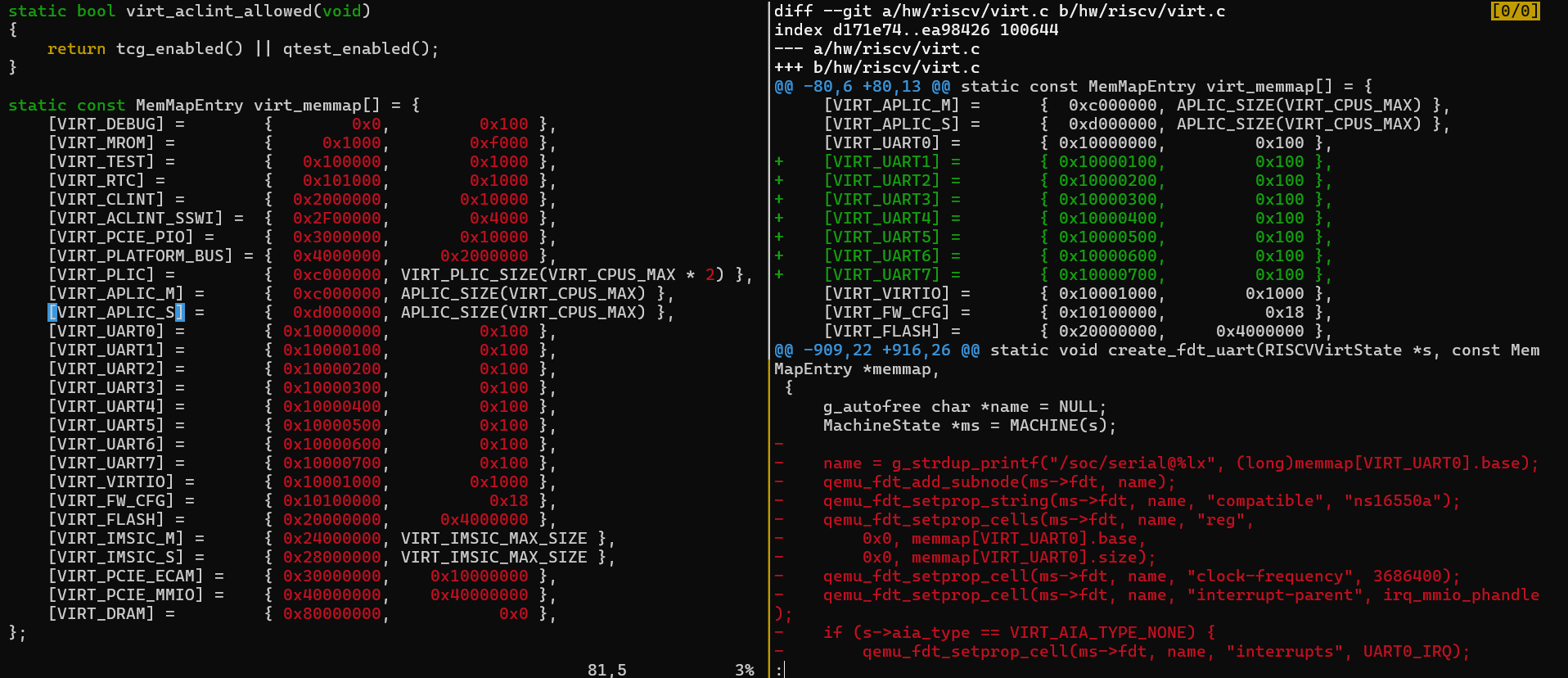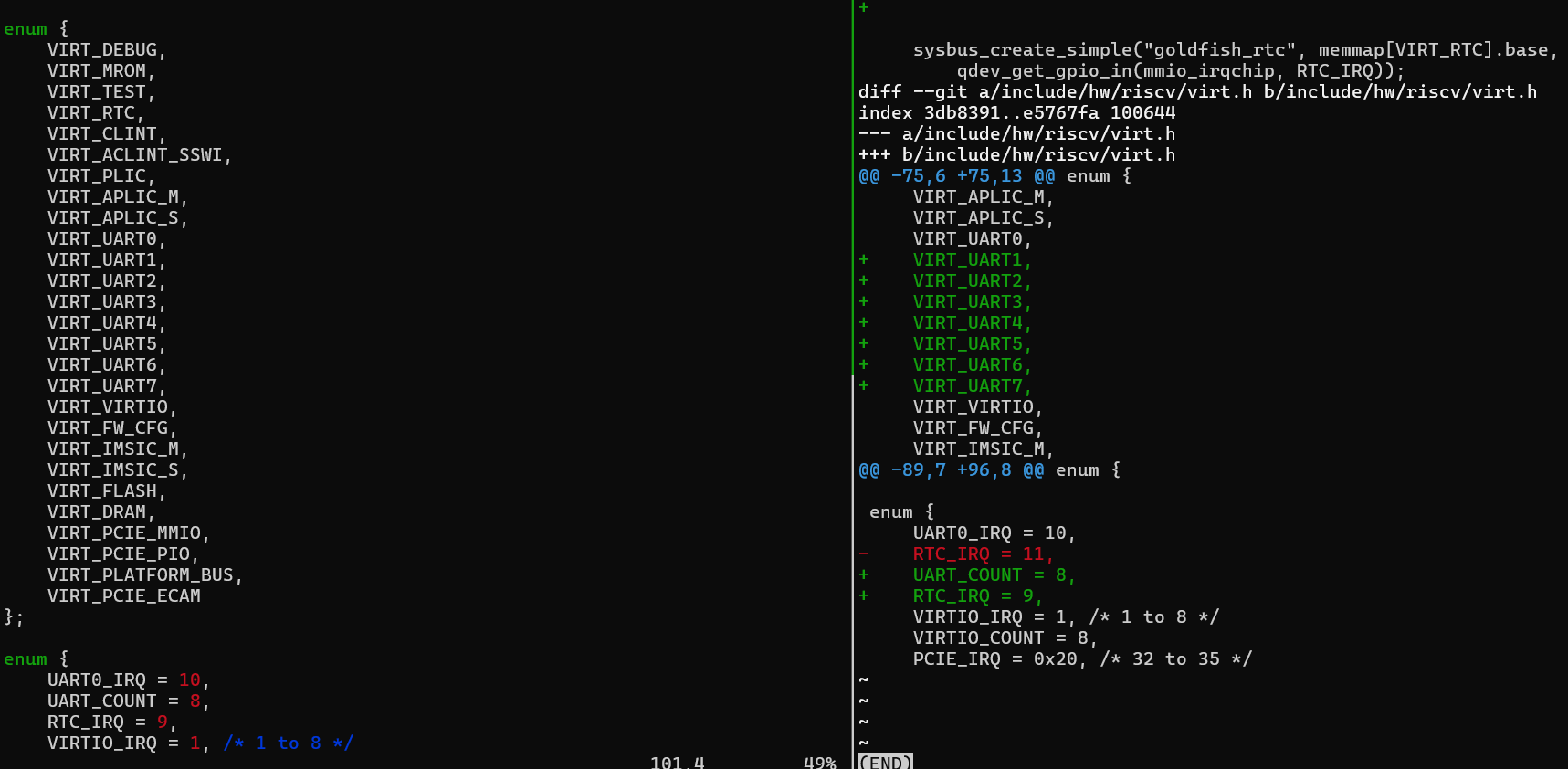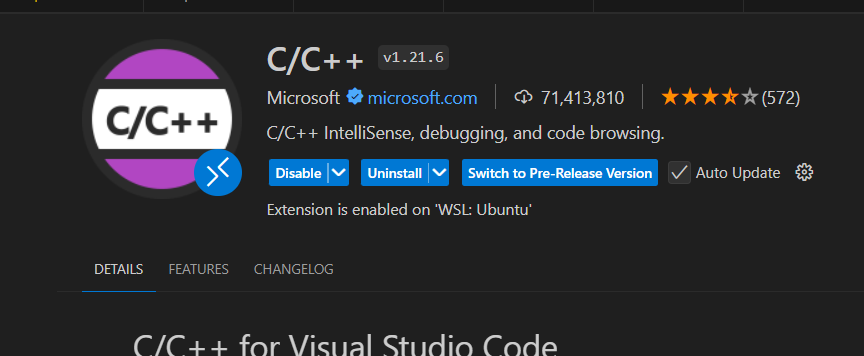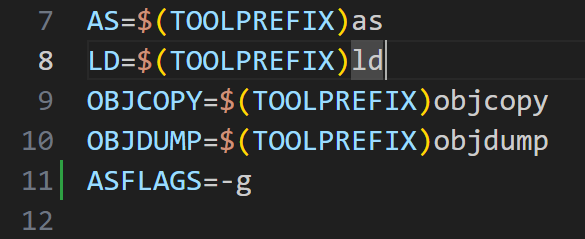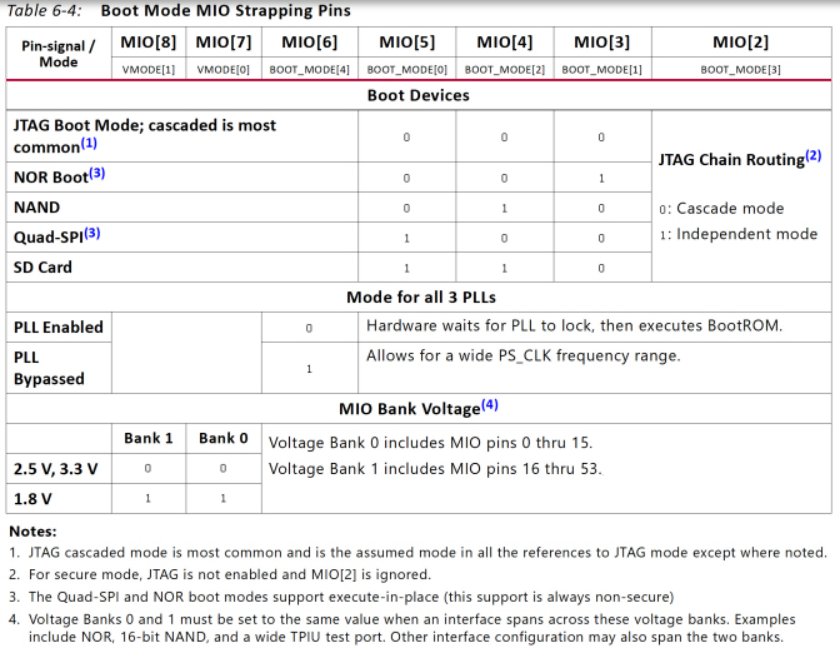在新的buildroot(2302)上面交叉编译Mplayer-1.5
./configure --cc=arm-rockchip830-linux-uclibcgnueabihf-gcc --enable-cross-compile --strip=arm-rockchip830-linux-uclibcgnueabihf-strip --target=arm-linux --enable-alsa --enable-fbdev --prefix=/home/ztn/Embedded/RK/luckfox-pico/sysdrv/source/buildroot/buildroot-2023.02.6/output/target/usr --extra-ldflags=-L/home/ztn/Embedded/RK/luckfox-pico/sysdrv/source/buildroot/buildroot-2023.02.6/output/host/arm-buildroot-linux-uclibcgnueabihf/sysroot/usr/lib --extra-cflags=-I/home/ztn/Embedded/RK/luckfox-pico/sysdrv/source/buildroot/buildroot-2023.02.6/output/host/arm-buildroot-linux-uclibcgnueabihf/sysroot/usr/include
然后
make -j && make install
buildroot的output下面的host/sysroot 是包含include和lib的sysroot,全部由交叉编译器生成,所以不用担心和ubuntu-base的一样,生成的binary(例如glibc)源头的编译器和目前使用的编译器不一致.
我觉得有必要学习LFS(Linux from scratch), 这样就能知道glibc或ulibc怎么编译的,包括核心组件比如ls, pwd这些,看8. Chapter 5: Compiling a Cross-Toolchain – How to build Linux From Scratch (LFS) 12.1 Tutorial
conda更新后crash
C:\Users\tz61>conda activate
Traceback (most recent call last):
File "D:\miniconda3\Lib\site-packages\conda\exception_handler.py", line 18, in __call__
return func(*args, **kwargs)
^^^^^^^^^^^^^^^^^^^^^
File "D:\miniconda3\Lib\site-packages\conda\cli\main.py", line 96, in main_sourced
from ..base.context import context
File "D:\miniconda3\Lib\site-packages\conda\base\context.py", line 31, in <module>
from ..common._os.linux import linux_get_libc_version
File "D:\miniconda3\Lib\site-packages\conda\common\_os\__init__.py", line 8, in <module>
from .windows import get_free_space_on_windows as get_free_space
File "D:\miniconda3\Lib\site-packages\conda\common\_os\windows.py", line 11, in <module>
from ctypes import (
File "D:\miniconda3\Lib\ctypes\__init__.py", line 8, in <module>
from _ctypes import Union, Structure, Array
ImportError: DLL load failed while importing _ctypes: 找不到指定的模块。
During handling of the above exception, another exception occurred:
Traceback (most recent call last):
File "D:\miniconda3\Scripts\conda-script.py", line 12, in <module>
sys.exit(main())
^^^^^^
File "D:\miniconda3\Lib\site-packages\conda\cli\main.py", line 128, in main
return conda_exception_handler(main, *args, **kwargs)
^^^^^^^^^^^^^^^^^^^^^^^^^^^^^^^^^^^^^^^^^^^^^^
File "D:\miniconda3\Lib\site-packages\conda\exception_handler.py", line 388, in conda_exception_handler
return_value = exception_handler(func, *args, **kwargs)
^^^^^^^^^^^^^^^^^^^^^^^^^^^^^^^^^^^^^^^^
File "D:\miniconda3\Lib\site-packages\conda\exception_handler.py", line 21, in __call__
return self.handle_exception(exc_val, exc_tb)
^^^^^^^^^^^^^^^^^^^^^^^^^^^^^^^^^^^^^^
File "D:\miniconda3\Lib\site-packages\conda\exception_handler.py", line 52, in handle_exception
from .exceptions import (
File "D:\miniconda3\Lib\site-packages\conda\exceptions.py", line 31, in <module>
from .models.channel import Channel
File "D:\miniconda3\Lib\site-packages\conda\models\channel.py", line 23, in <module>
from ..base.context import Context, context
File "D:\miniconda3\Lib\site-packages\conda\base\context.py", line 31, in <module>
from ..common._os.linux import linux_get_libc_version
File "D:\miniconda3\Lib\site-packages\conda\common\_os\__init__.py", line 8, in <module>
from .windows import get_free_space_on_windows as get_free_space
File "D:\miniconda3\Lib\site-packages\conda\common\_os\windows.py", line 11, in <module>
from ctypes import (
File "D:\miniconda3\Lib\ctypes\__init__.py", line 8, in <module>
from _ctypes import Union, Structure, Array
ImportError: DLL load failed while importing _ctypes: 找不到指定的模块。
解决方法
ImportError: DLL load failed while importing _ctypes: Can’t find specified module.
我从python3.9的Library/bin下面拷贝了ffi.dll ffi-7.dll到miniconda3下面的Library/Bin就好了,不知道有没有什么别的隐患
Allegro 关于via 和焊盘未连接抑制
- 检查pad有没有勾选
- 检查cross-section Editor(Ctrl-2)有没有勾选 Unused pin suppression, unused Via suppression, 还有底下的Dynamic unused pads suppression
- 检查Hole 到Shape的规则,有可能比Shape到Pad的距离还大(
Rv1106画板心得
一定要检查这个从PADS转Allegro 或者是从嘉立创封装转AD转Allegro 它的焊盘有没有paste和solder层,以及PADS转过来的pads默认是bb via,然后嘉立创焊盘有时候抽风,阻焊层会很大,注意一下
Allegro pcb文件大小和设计的画布大小有关系,所以尽量缩小否则文件会上几百兆 source:Allegro brd文件大小优化方向参考

